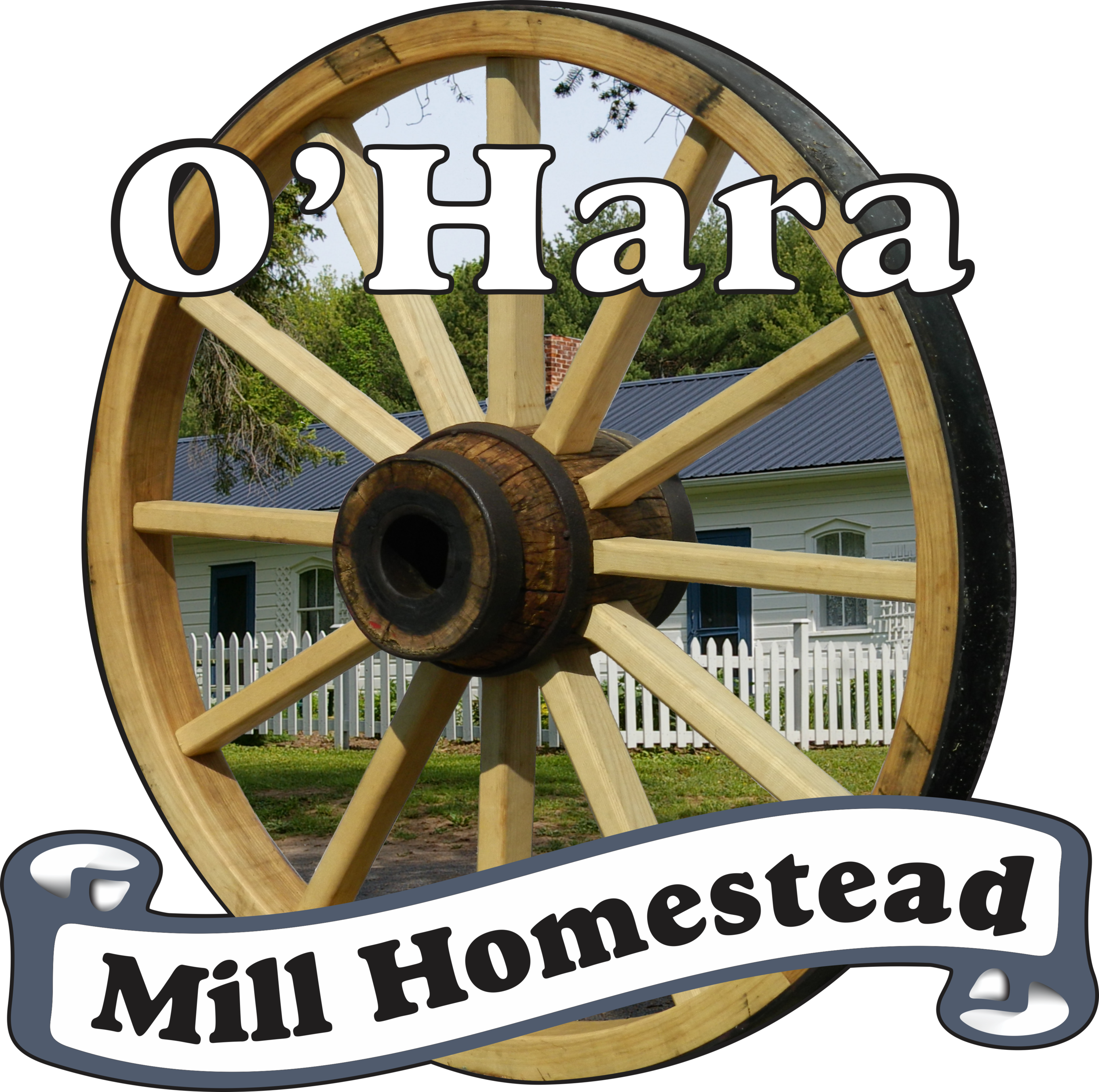An "Im-Peck-Able" Hobby
Nowadays birdwatching is a very common hobby amongst all ages. Even back in the early 1800s many pioneers would enjoy spending their down-time observing birds, some of the more artistic O’Hara family members even painted images of birds. As charming as most birds are, they can serve a purpose other than a sweet song to listen to. Some species of birds were encouraged to live on the homestead as they would improve the functionality around the property. The article that we examined came from the “Small Farmer’s Journal” where it talks about beneficial birds to have on the farm. Many of these birds would act as pest control in order to protect many of the plants grown on farms in the 1800s, before the introduction of pesticides.
We hope that by listing some birds and their contributions to the homestead, our readers will come visit and try to find some of these birds flying around! Maybe even make adjustments to your own property to encourage the nesting of some of these birds!
The Bluebirds
These birds are quite magnificent to look at! We have seen quite a few bluebirds flying around the property, although we are no experts so they could just be blue-birds.
The largest portion of a bluebird’s diet consists of predacious beetles. Beetles were quite a problem for many homesteads as they had large appetites that consisted of just about anything. Beetles are still a large issue today, many of them have even become resistant to pesticides! Bluebirds tend to prey in abundance, which means they prefer to consume insects rather than things like your precious strawberry bush, although they may sneak a couple! Bluebirds do enjoy consuming many ornamental plants like various species of sumac, Virginia creeper, holly, sorrel, and bittersweet. By growing these plants you are encouraging bluebirds to make nest on your property and eliminate many pests that may prey on your garden!
Swallows
There are many species of swallows that reside in Ontario, the most common of which are the barn swallow and cliff swallow. We have not taken notice of any mud nests on the property that may belong to either species, but we do know of some nests in the Madoc area so they may be out for a visit around the homestead!
Barn swallows used to be cliff swallows, but with the introduction of large buildings like barns they slowly evolved into what they are today! Barn swallows make their nests using mud that acts as a type of mortar that they paste together with straw and roughage. The diet of a barn swallow consists of air-borne beetles that they catch mid-air! They also have a tendency to pluck smaller insects from the tops of wild grown grass. Many species of insects known to be consumed by swallows are injurious to many crops and veggies, so make sure to thank them! If you want to encourage barn swallows to nest on your property, cut a small hole in the gable peak of your barn. Another way to encourage their nesting is having a nice supply of mud nearby.
Meadowlarks
Meadowlarks have a very distinctive bright yellow colour, this stands true for many species! We have heard stories of visitors seeing Meadowlarks near the mill pond, but we have never witnessed them ourselves.
Meadowlarks also have a diet mostly consisting of insects rather than garden crops. Meadowlarks have a preference for grasshoppers, ground-hunting beetles, and white grubs; all of which are nasty things to have in the garden. Meadowlarks also have a craving for cutworm, the early caterpillar stage of moth species. They call them “cutworms” because they feed on the stems of plants, ultimately ruining the whole plant instead of eating a few berries. Meadowlarks consume cutworms by the thousands every year, many them a wonder to have near your garden.
Phoebes
The last type of bid we want to talk about is the Phoebe. Although mostly grey and brown, the Phoebe is still quite a beautiful bird. I have never seen this type of bird on the homestead, but according to their range map there should be some in the area.
Phoebes consume many types of beetles, weevils, and wasps. Phoebes have never been shown to consume honeybees, but since they love wasps it makes them an ideal bird to have around as nature’s beekeeper. Phoebes also commonly nest under the roofs of barns, much like barn swallows, but their nests are more traditional to the common idea of a bird nest. Phoebes like many types of wild berries, so if you have a blackcap bush or patch you likely already have phoebes around!
We have many species of birds on the property, we can only begin to guess at what they are as we are not expert birdwatchers or ornithologists. Some other birds we have seen are various types of ducks (like the hooded merganser), a blue heron, chickadees, cardinals, crows, robins, different species of warbler, and so many more that we do not know the names of.
𝓟𝓮𝓽𝓮𝓻 𝓪𝓷𝓭 𝓜𝓲𝓪




